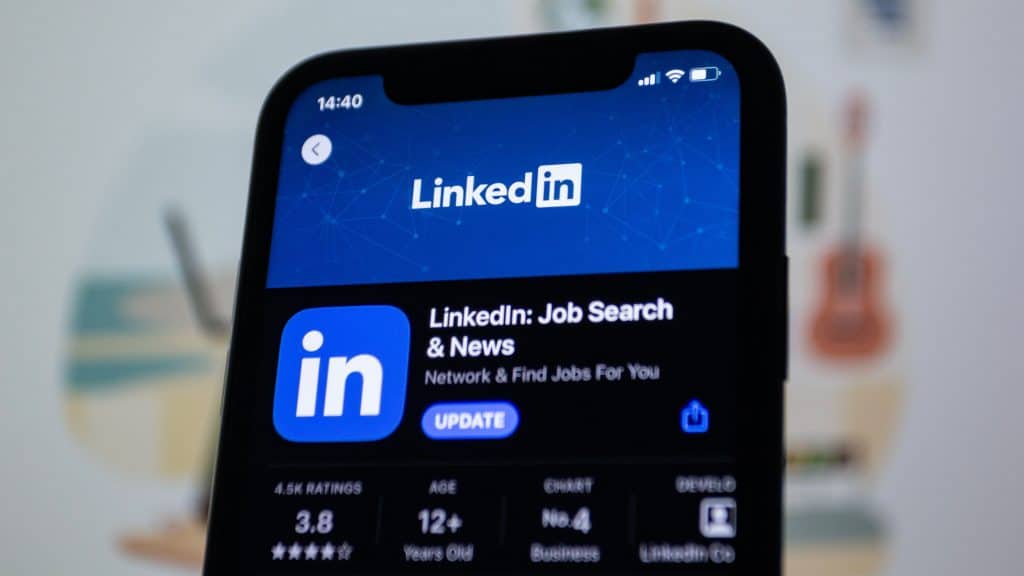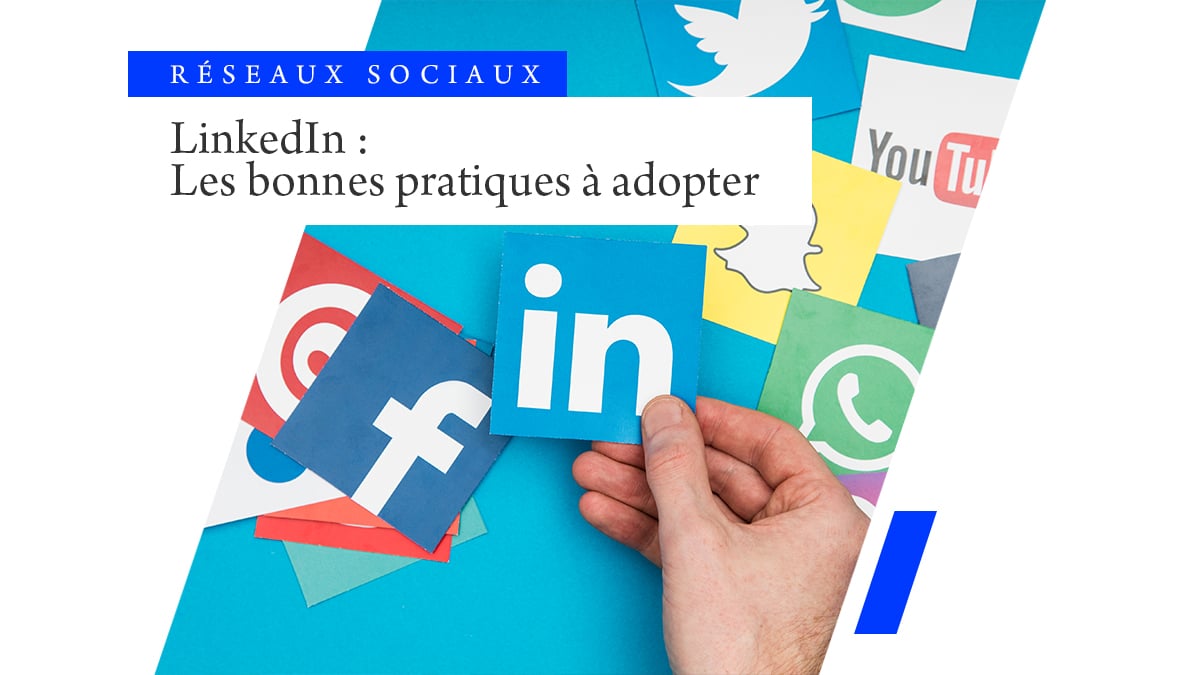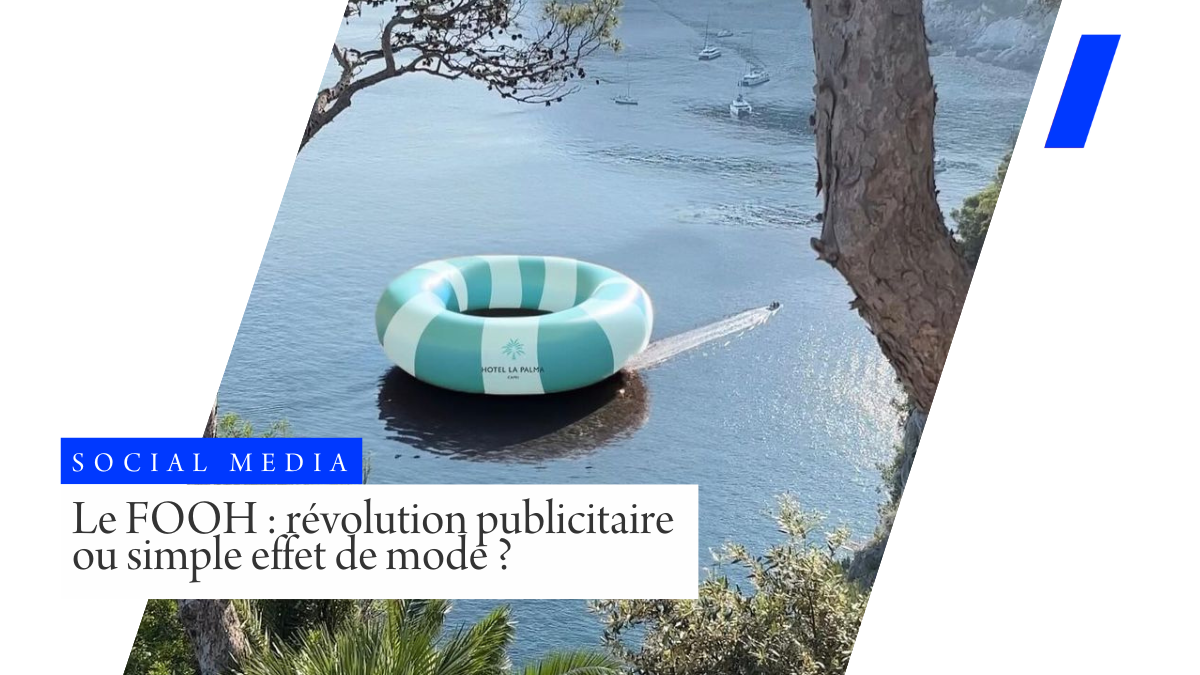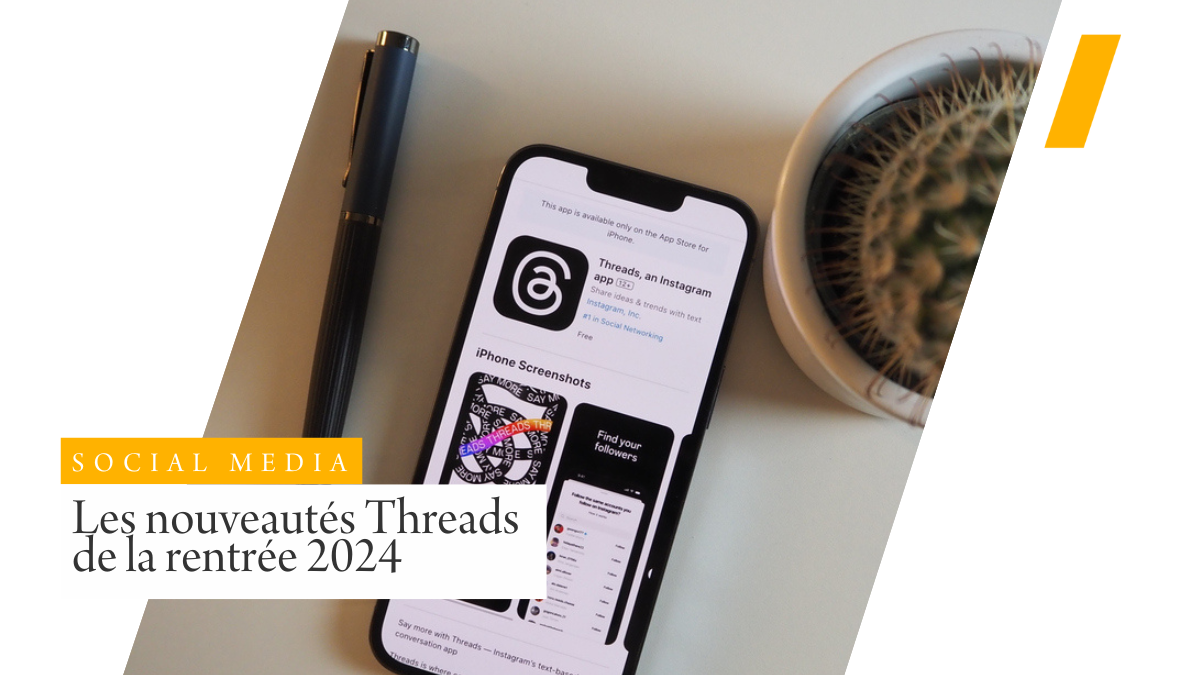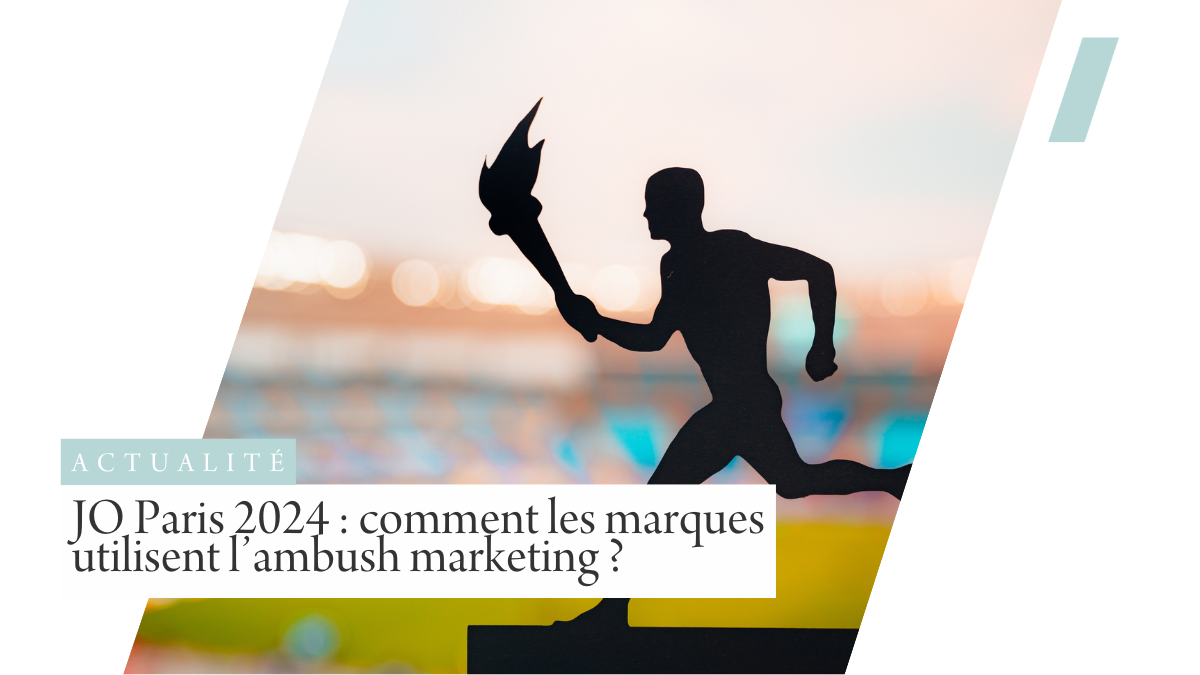LinkedIn: Best practices for improved performance
A social network originally created to promote the professional world, LinkedIn is becoming increasingly popular with everyone thanks to the development of its sales force and advertising tools. Today, Travel-Insight invites you to discover the best practices to put in place on LinkedIn to have a dynamic and effective page!

Step 1: The basics: be easily identifiable on Linkedin!
Promote your logo and introduce yourself
Your page should be easily identifiable. To this end, add your organization’s logo and a cover photo. Also, if people don’t know you, they should be able to easily understand what you offer, the strengths of your expertise and what differentiates you from the competition. Present your mission, the products you offer, how you can be useful to Internet users. Use precise terms and expressions, as LinkedIn members can search by keyword. Personalize your cover photo to highlight your industry and your offerings.
Organization information
Internet users need to be able to easily find any information about you. To achieve this, highlight your various social media platforms as well as your company website on your LinkedIn profile, along with your location, the size of your organization and its sector.
Customize your call-to-action button
Customize your button according to your objectives to determine the origin of clicks in the administrator view or in visitor statistics.
Step 2 : Create a network Linkedin
To exist on LinkedIn, you need to create a community and connect with people in your real-life environment. Send invitations to people you know, connect with companies in your sector, and exist on the platform: like, comment on what interests you, exchange with your network. It’s all about being alive and visible!
Step 3: Create high-performance publications on Linkedin
Background: One topic per publication
A post that mentions several themes will fail: on LinkedIn, you need to be concise and clear to stand out. Indeed, daily posts are numerous, and your target audience’s attention span is very short. It’s best to avoid posts with multiple themes.
LinkedIn, a subject-specific platform that’s a big hit
On LinkedIn, there is a trend towards good performance with certain specific topics:
– Anecdotes
– Stories of everyday life or of the company
– Feedback
– Native content, of which you are the owner
– Job relays
You should also offer content that is specific to your LinkedIn page. It’s of no interest to your readers to have content on LinkedIn that you’ve already published on another platform. What’s more, your content will probably not be suitable for LinkedIn. Bring them new information!
Choose quality over quantity
Gone are the days of frenetic posting on LinkedIn. With so many creators posting once a day with no real substance behind them, users are getting bored and performance is declining.
It’s better to give priority to qualitative content and not to publish just anything in any old way. Only share if you have something interesting to teach your readers. The aim is not to get carried away by a desire for maximum visibility, but rather to make readers want to follow your content, press the like button, comment and share your content.
What topics should you cover on Linkedin?
You’ll need to define an editorial line that will help you know how to express yourself (tones, smileys, expressions, etc.), but will also determine which subjects to tackle. This will depend on your target audience: what’s good for one company isn’t necessarily good for another!
The following elements could be developed:
– Write a post/article to give advice and promote expertise
– Attach a document (presentation, white paper, infographic, etc.) and share your point of view
– Sharing feedback
– Ask a question, share a point of view and engage in a discussion
To remember
Your content must be useful, credible, in line with your objectives, well-written (with a good tone and level of language) and provide relevant information.
The practice of slow content is to be favored: content that highlights the company’s expertise and depth. In this way, your strategy is geared towards utility, sustainability and identity. Utility meets the expectations of a public with limited attention span; sustainability rejects the over-consumption of “disposable” content that does not reinforce the company’s identity.
Form: Be visual and creative!
Grip and length, the essential basics
The first two lines are essential. You need to grab your target’s attention with these. After all, they’re the only two visible if the contact doesn’t click on “see more”. Here are a few effective combos:
– An element of context : [NOUVEAU], /// PRESS //
– A catchphrase with relevant or surprising information
– An emoticon if accepted in your editorial line
Beware of length: keep your LinkedIn post brief. As pointed out earlier, Internet users’ attention is fleeting, so you need to provide them with relevant information quickly and concisely. Make sure your post is no longer than 200 words, for maximum impact.
Also, take care with the overall presentation of your post. Aerate your text and add smileys if possible to liven things up.
Avoid external links
Indeed, LinkedIn has no interest in seeing you leave its network. Thus, posts containing external links and referring to other sites will probably be penalized by LinkedIn’s algorithm.
Integrate #
Hashtags are popular on LinkedIn. Using hashtags allows your post to be properly referenced on the platform, and users will easily be able to find your content if they’re looking for information on your preferred topic. As a result, posts with hashtags are highly visible on news feeds.
Don’t hesitate to create your own hashtag to bring together all your posts and promote their referencing.
Mention your Linkedin contacts
By mentioning people who appear in your publication or who may be affected by it, your reach will be extended and engagement encouraged.
Add value to each of your posts
When you feel like re-sharing a piece of content, make sure you take it back rather than simply sharing it. There are several reasons for this: LinkedIn wants to multiply interaction between users, and you want your community to get new information. You can re-share content by adding a caption, but it’s even better to repost the content and mention its author. The algorithm seems to favor this type of content!
Good communication on LinkedIn will help you promote your organization, your team, your offer and what sets it apart from the rest. The important thing is to make every new reader want to follow you and learn new things from your post, or discover what goes on behind the scenes in your organization.
